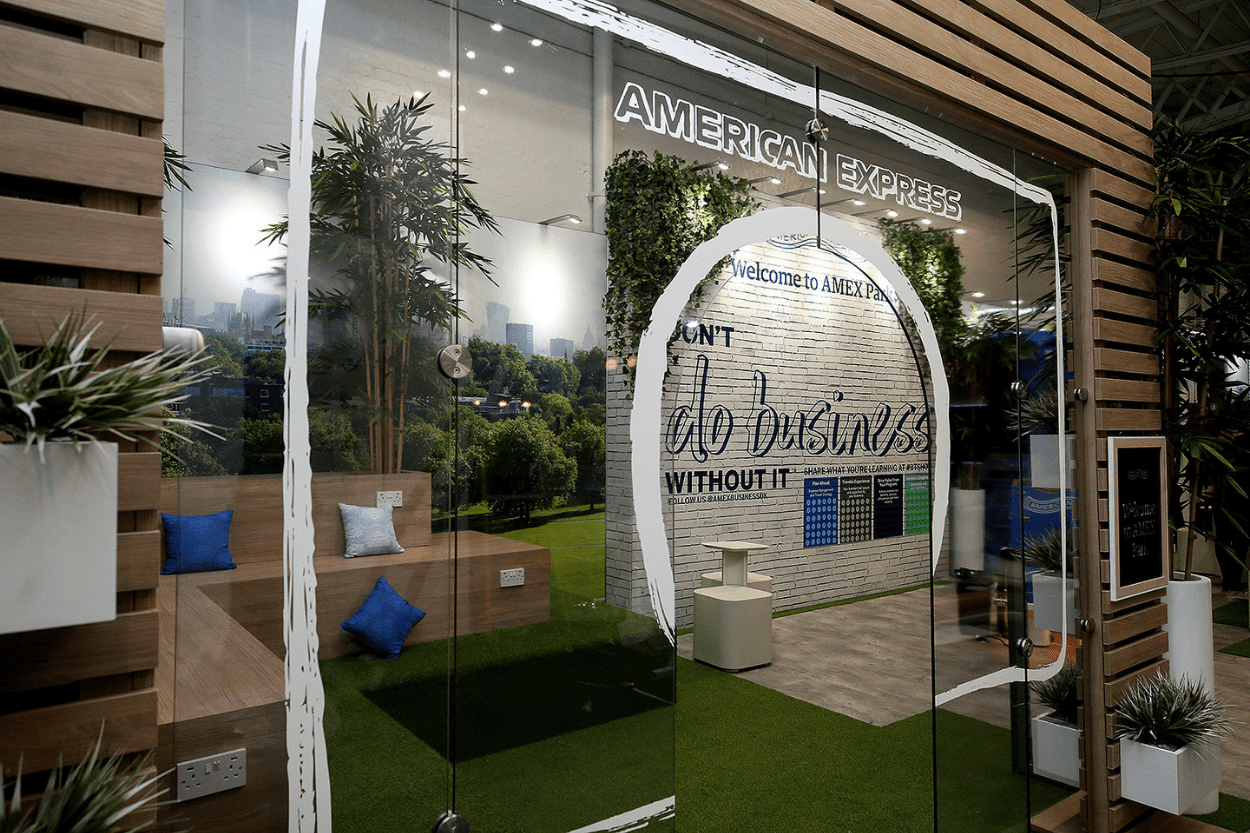So you’ve booked for your next exhibition and it’s a big investment. Lots of time, money and effort has gone into this, making sure you go to the event with the right message and purpose. On the actual day (or days) though, it’s down to the staff – they need to deliver for you. Good stand training can significantly improve the performance of, and return from, your show.
Who Makes Up The Exhibition Team?
The stand staff shouldn’t necessarily be 100% made up of Sales. Sales staff are great for some roles on a stand but the ice breakers/ qualifiers may be better as receptionists or admin staff who are more open and less pushy or “sales-y”.
Plus it’s always good to have a Marketer on the stand – they can engage with the audience to get feedback as well as assess the competition and the industry.
Brief Your Team A Week In Advance
You need to brief your staff on the show. This brief should be delivered verbally, and then backed up with a written overview afterwards – so the team can review it. You should aim to meet with everyone, collectively, in the week before the event. If you can’t meet physically then conference call or video conference.
1) Basics First
Start with the hygiene factors first. Make sure everyone knows where and when the event is, and what your stand number is.
2) Clothing & Attire
Set a dress code. Exhibitions are quite physically demanding, and you can get quite dirty from lifting boxes and things. You’re also on your feet for many hours, which can be tiring so we recommend comfortable clothing. If you’re providing branded t-shirts, let people know. Otherwise you might want to set a colour code or standard dress code.
Depending on the industry and show depends on what that will be; many trade shows are smart-casual, but some industries will require smarter and more business-like attire.
3) Event Objectives
The team need to be clear what the objective is. This could be launching a new product and generating new leads, or it could be to raise brand awareness and to book new appointments. Whatever your objective is – make sure everyone is crystal clear so you’re all working to a common goal.
4) Set Targets & KPIS
If you really want to make sure you get the best from the team, set some targets! If your event goal is to generate leads, for example, then set a target on how many .Give every individual a target – so everyone knows what they need to deliver.


